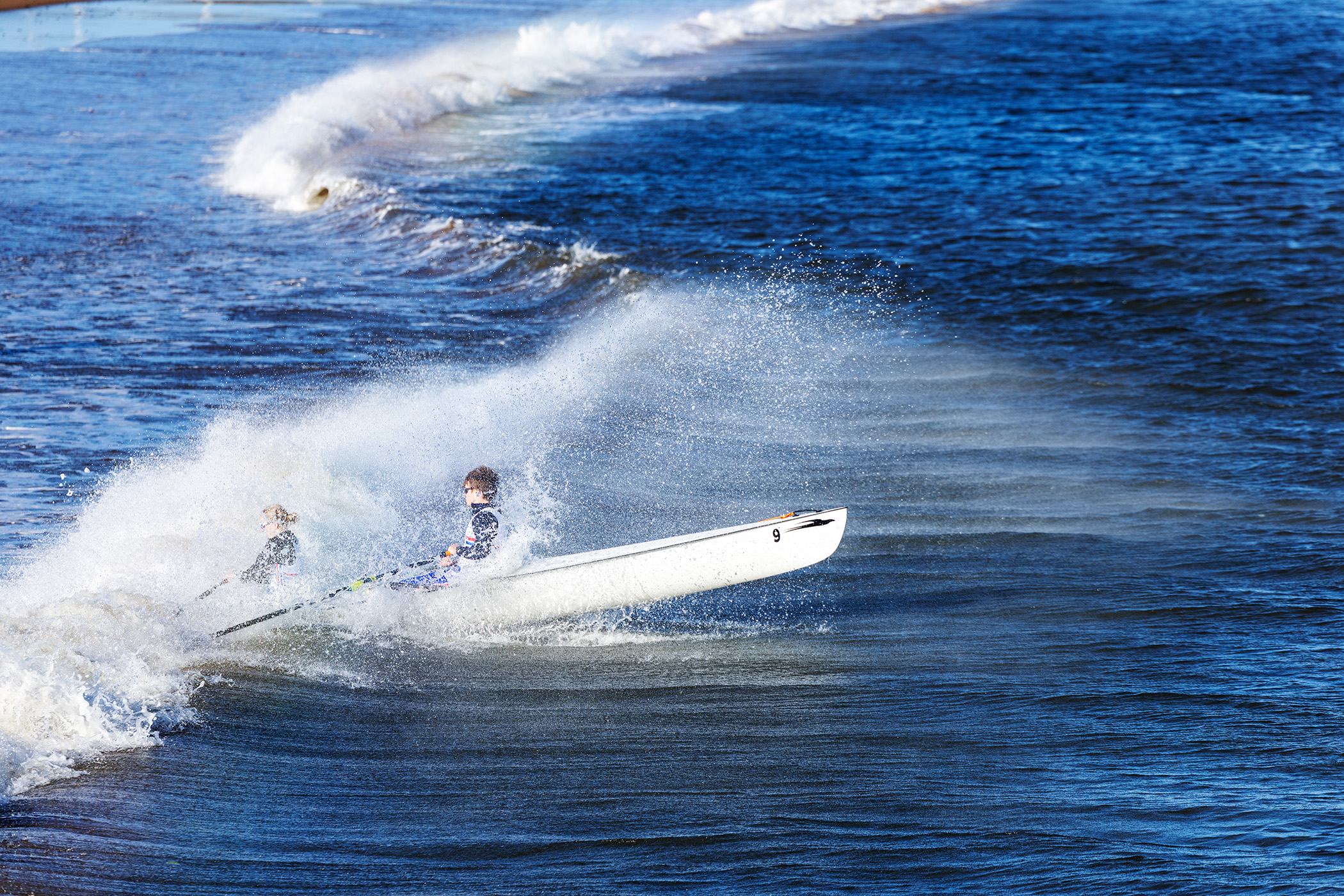Photographs by Gary Calton for The Observer
Almost every week, Tom Pattichis receives an email from someone within the rowing community saying pretty much the same thing: “I’ve found this great beach.”
Pattichis has served in all manner of different roles for British Rowing over the past couple of decades; from looking after juniors in the talent pathway to guiding the elite women at last year’s Paris Olympics.
Currently, his overriding concern involves sand and sea.
A few months ago, Pattichis was appointed as British Rowing’s first ever beach sprints head coach, tasked with building an entire programme from scratch ahead of the new discipline’s inclusion at the Los Angeles 2028 Olympics: find the athletes, create a structure and identify the best places in Britain to do it from. Hence the emails.
Related articles:
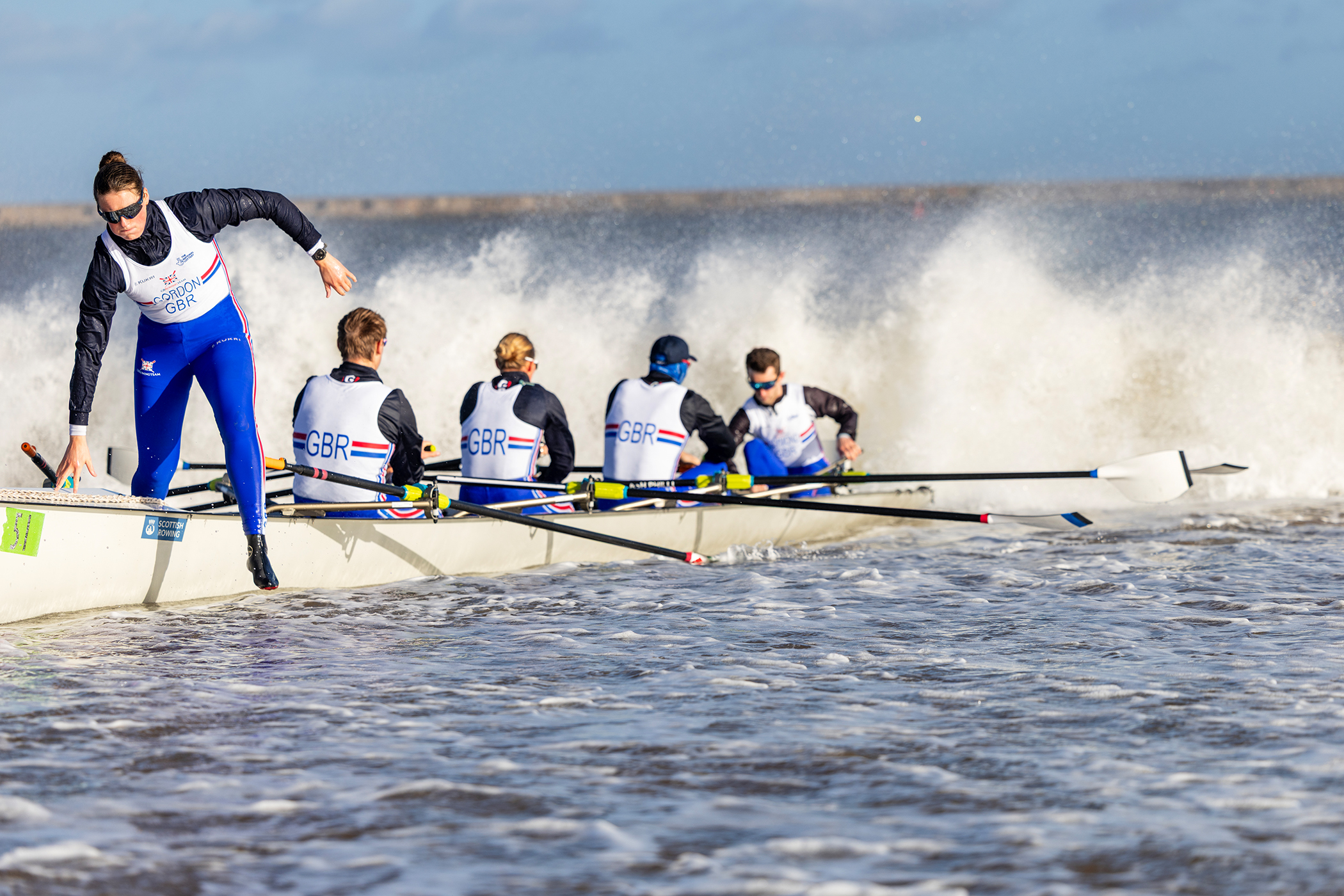
Beach sprint rowing’s history is brief. Created specifically for entertainment value a little over a decade ago, its dramatic nature intentionally contrasts with the serene nature of traditional flatwater rowing, which takes place over a 2,000-metre straight-line distance.
Pitting athletes directly against each other in knockout head-to-head races, rowing’s newest format sees competitors start on dry land with a 50m beach run to the shoreline. From there they clamber into a boat, row a slalom 250m sea course around three buoys, turn back on themselves to return directly back to shore, jump out and sprint another 50m across sand to hit a finish-line buzzer.
It is frantic, exhilarating and takes place in around half the time of a traditional Olympic flatwater race. So, it came as little surprise when it was accepted onto the LA 2028 programme – the only new discipline chosen from a pre-existing Olympic sport of the 17 that applied.
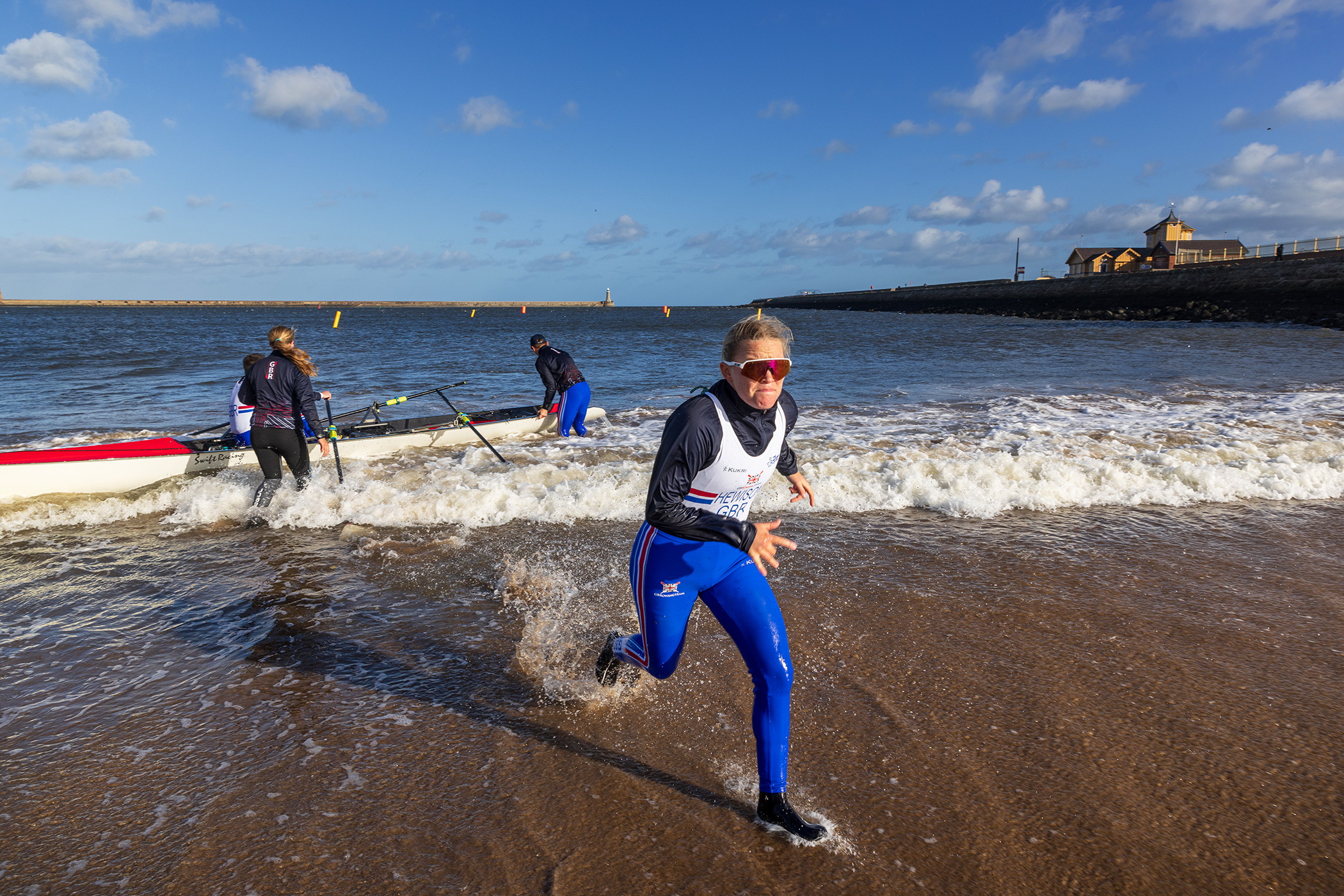
“I guess I would define it as a T20 cricket version of rowing,” says Pattichis.
“Something that is shorter and easier for people to digest. And it’s not as predictable – you have the running, the waves, there’s an element of luck and chance involved, as well as a high amount of skill and fitness. And it all transpires in a few minutes. If you’re rowing on a 2km lake you only see the excitement in the last minute or so as they approach the finish line.”
Like most of his fellow British Rowing coaches, Pattichis is primarily based at the organisation’s headquarters in Caversham, outside Reading. It is a lovely facility with the Redgrave Pinsent Rowing Lake its showpiece. But there is no coast within 50 miles, prompting the recent creation of three beach rowing hotspots in Bournemouth, South Shields and St Andrews.
“That’s probably the biggest challenge,” says Pattichis. “You can find the perfect beach, but if there’s no gym nearby, no club, no boats, that’s not great. We’ve tended to go with places that are good locations, but also have infrastructure there and we’re not starting completely from scratch. But sometimes we will just put boats on a van and go to a more remote location.”
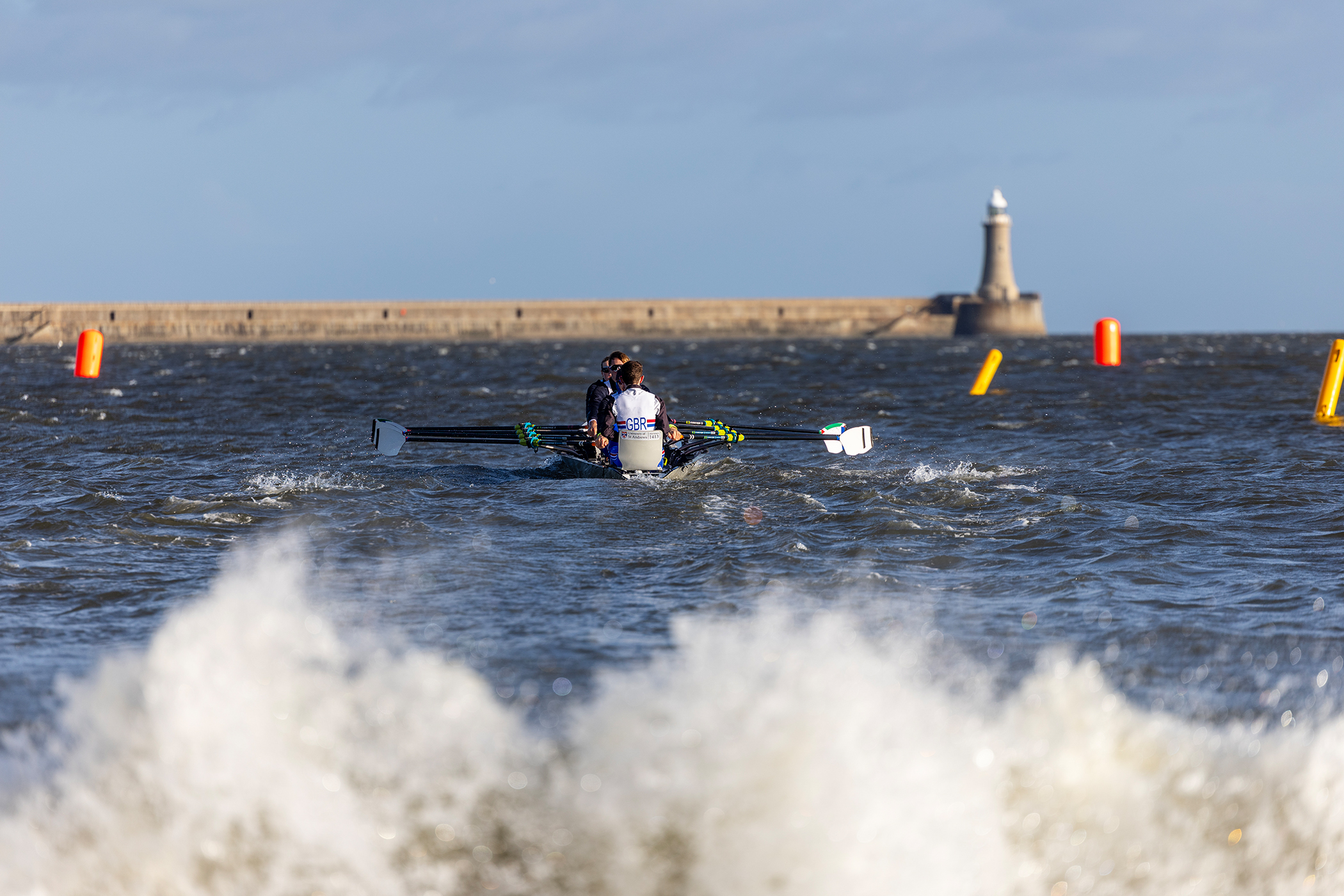
The ‘where’ is just one of two major conundrums Pattichis has been confronted with; the other is ‘who’.
It is still, he says, a process of trial and error. Early impressions have shown people can typically emerge from either an amateur coastal background or from within British Rowing’s traditional flatwater pathway. There are physical ideals – people more suited to explosivity and shorter exertions – but he suggests the key factor is the mental ability to cope with the unexpected.
“When you row on a flat lake, it’s a straight line and it’s pretty controlled,” says Pattichis. “Here, there’s navigation, while dealing with different conditions, waves and wind. It’s definitely a lot more extreme, so there’s an element of having no fear and being comfortable with an unpredictable environment. It gets described as chaos at times, and it can be. You have to be able to mentally thrive in that environment.”

Last month, Britain’s James Cox won European men’s solo gold. A flatwater rower from the age of 10, Cox chanced upon a beach sprint event a few years ago and decided to try it out.
“There’s a lot more to it than flatwater rowing,” he says. “It’s a real spectator sport, and is far more exciting. A lot of my mates are flabbergasted by it, but it’s short, fast-paced and the racing is extremely close. It’s a no-brainer.”
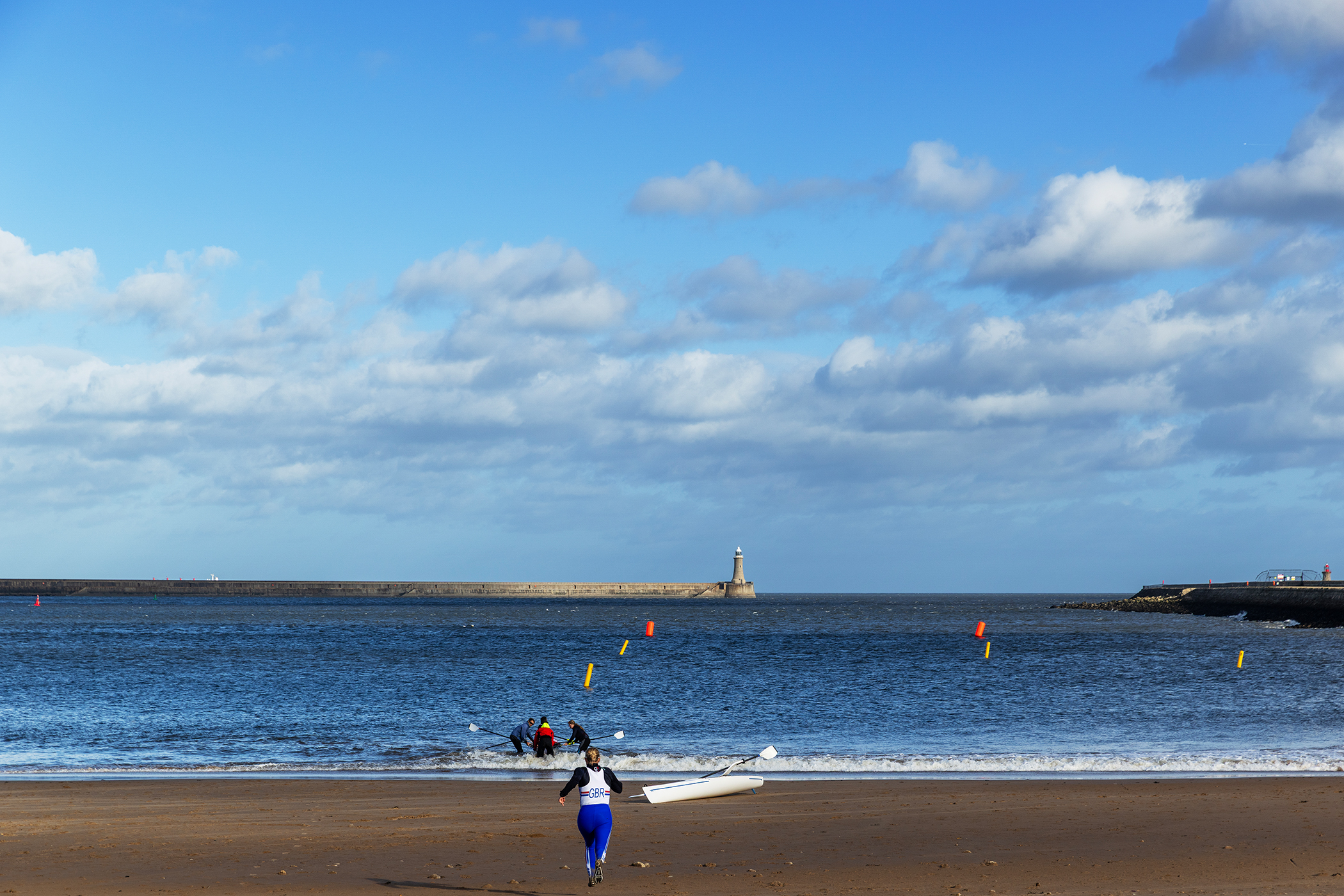
With Cox’s British team-mate Laura McKenzie also claiming European women’s solo silver, confidence is high going into this week’s World Finals, held on the same course in Turkey. But the embryonic nature of the sport makes things difficult to predict.
Some nations have combined their flatwater and beach talent into one programme, raising the prospect of the same rowers competing in both disciplines at the LA 2028 Games. Britain are hoping specialisation is the best route. “They are quite different events,” says Pattichis.

Among a raft of new training techniques is the introduction of fatigue sprints, where athletes undertake a series of squats, burpees and lunges before going straight into three short runs in a bid to replicate the post-rowing sprint finish.
“You don’t need to be Usain Bolt, but you can’t get away with not being able to run and thinking you can compensate on the water,” says Pattichis. “It’s fascinating because in flatwater rowing, you typically want to be bigger and stronger, but that may not help you when running.”
